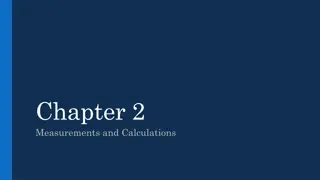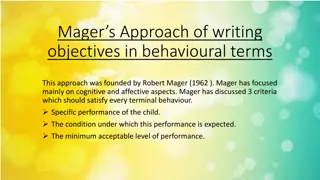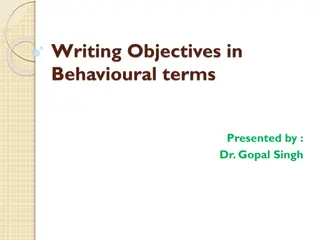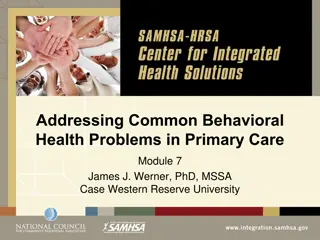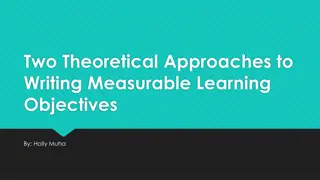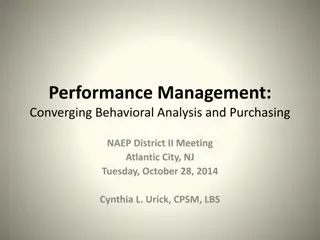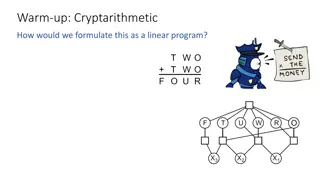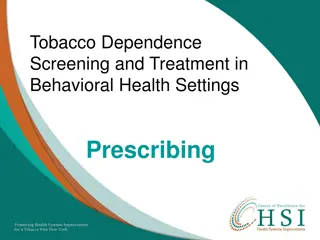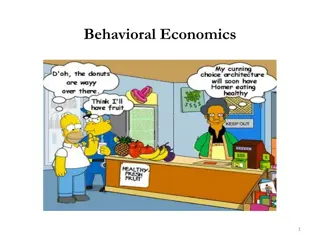Understanding Mager's Approach to Formulating Behavioral Objectives
Delve into the pedagogy of formulating specific objectives in behavioral terms based on Robert Mager's approach. Explore the elements and characteristics of objectives, performance objectives, and examples of behavioral objectives in a science lesson. Discover the advantages and limitations of Mager's approach in educational settings.
Download Presentation

Please find below an Image/Link to download the presentation.
The content on the website is provided AS IS for your information and personal use only. It may not be sold, licensed, or shared on other websites without obtaining consent from the author. Download presentation by click this link. If you encounter any issues during the download, it is possible that the publisher has removed the file from their server.
E N D
Presentation Transcript
MAGERS APPROACH UNIT 1 PART 3 Pedagogy of science and life science HARINDER KAUR Asst.Professor Sadbhavna College Of Education
Formulation of specific objectives in behavioral terms Behavioral objectives may be defined as a specific,concrete,delimited objective in a particular situation and under specific circumstances, in relation to a particular broad objectives They are also known as performance based objectives. NCERT refers to them as expected learning outcomes.
Characteristics of Objectives Objective is a subject in which you are familiar with and will be able to identify correctly Performance Competency Level Conditions Under what conditions do you want the learner to be able to do? Criteria How well must it be done?
Objectives by Mager Performance is what the learner will be able to do Condition is under what conditions the learner will be able to do it Criterion is how well it must be done
Example of behavioral objectives topic : flower and its parts At the end of the lesson an average pupil will be able to: 1Explain at least 2 functions out of 4 of different parts of a flower when shown a specimen of the flower.(knowledge) 2 Differentiate at least between 2 parts out of 4 between different parts of the flower.(Knowledge) 3 Dissect and draw at least 2 parts out of 4parts of the flower when shown a chart (skill)
Advantages of Robert Magers approach Identify the terminal behavior by name. Define the desired behavior. Specify the desired criteria of acceptable performance. He focused his attention on cognitive and affective domain.
Limitations No emphasis on mental processes. Neglecting psychomotor domain. Not suitable for higher level objectives. Overlapping of action verbs in cognitive and affective domain.






